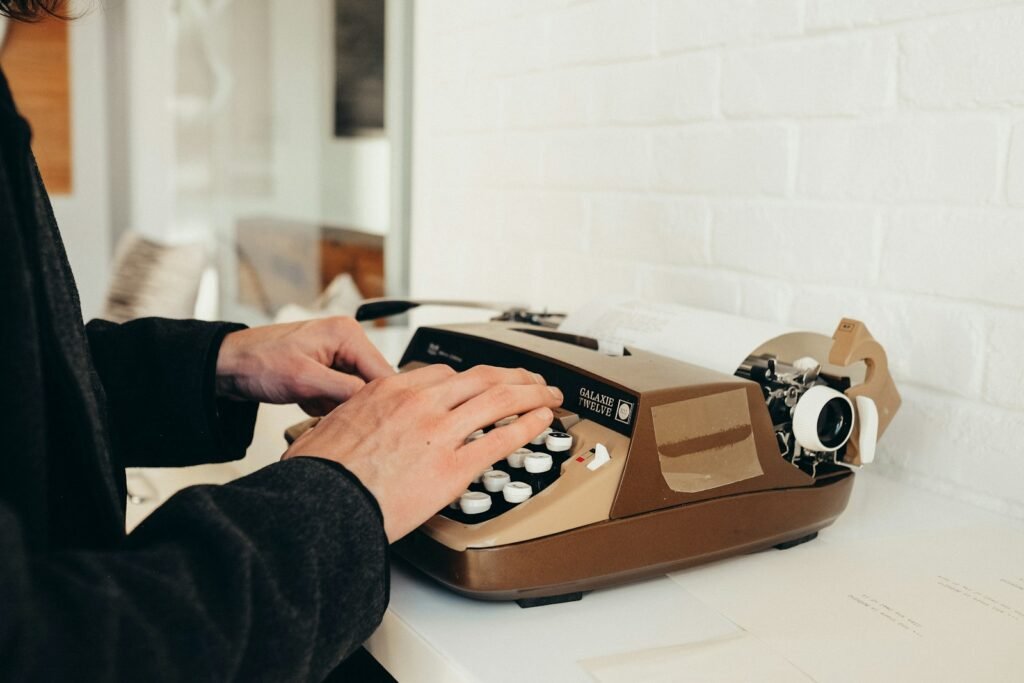
Why Evidence and Examples Matter
Imagine yourself in a bustling party, surrounded by a cacophony of voices eager to regale you with their latest exploits. Now, envision someone weaving a fantastical tale before you, devoid of any proof or tangible examples to support their claims. How would you respond? Likely with a quizzical expression and a hint of skepticism creeping onto your face. This is the enigmatic power possessed by evidence and examples – they are the steadfast companions that transform mere fables into plausible narratives.
Within the realm of writing, evidence and examples serve as the iridescent adornments that illuminate your words with brilliance. As eloquently articulated by Mark Twain, “get your facts first, then you can distort them as you please.” It’s not about stifling imagination; rather, it’s about imbuing substance into your assertions. Whether engaged in persuasion, storytelling, or analysis, evidence and examples stand as stalwart pillars upholding the integrity of your prose. Therefore, when tempted to spin tales bereft of evidential support next time around, hearken back to Twain’s sagacious counsel and infuse some factual grounding into your narrative tapestry. Your audience will express gratitude for this gesture while witnessing your writing ascend to unprecedented heights.
Choosing the Right Evidence
Imagine this: you’re grappling with the challenge of proving a point in your essay, armed only with evidence that’s as reliable as a chocolate teapot. The task of selecting the right evidence is akin to meticulously choosing the perfect outfit for a date it must be impressive, convincing, and leave an indelible mark.
When contemplating which evidence to include in your writing, envision yourself constructing a robust case in a courtroom. As Sherlock Holmes famously cautioned, “It is a capital mistake to theorize before one has data. Insensibly one begins to twist facts to suit theories, instead of theories to suit facts.” Your evidence should bolster your arguments like Watson steadfastly supports Sherlock solid, dependable, and unyielding. Before casually tossing in any random quote or statistic, introspectively ask yourself if this piece of evidence genuinely reinforces what you’re trying to convey or if you’re simply throwing spaghetti at the wall hoping something sticks. Remember, prioritizing quality over quantity reigns supreme when it comes to selecting evidence effectively.
Providing Sufficient Context
Have you ever found yourself lost in a paragraph, feeling like you stumbled into a conversation already in progress? It’s like being thrust onto a stage without knowing the script- it leaves you wondering about the plot, the characters, and why someone is about to juggle flaming swords. Context is the magic key that transforms chaos into clarity.
Imagine this scenario: you’re at a wild party, and suddenly someone hands you a microphone, demanding, “Tell us a joke!” Without any background information, you might blurt out a punchline involving a chicken crossing the road- but what was the chicken’s motivation? Was it on an existential quest, looking for new opportunities, or simply avoiding Colonel Sanders? Context is what sets the scene for understanding and appreciation. So next time you sit down to write, keep in mind: providing some backstory can make all the difference.
Avoiding Overwhelming Your Audience
Imagine this: you find yourself in a buffet, eyes wide with anticipation and hunger as you take in the vast array of dishes spread out before you. But hold on a minute! Before you dive in headfirst and start heaping your plate with every single item in sight, pause for a moment to step back and devise a plan. Just like at a buffet, when it comes to presenting evidence in your writing, the key is to offer up a selection that is both satisfying and easily digestible for your audience.
Think of your evidence as being akin to a carefully curated playlist rather than just random songs playing on shuffle mode. Just as not every song may fit the mood you’re aiming for, not every piece of evidence will necessarily strengthen your argument. Be discerning in what you choose to include, prioritizing quality over quantity. Recall the insightful words of Maya Angelou: “I’ve learned that people will forget what you said, people will forget what you did, but people will never forget how you made them feel.” Ensure that the evidence you present leaves a lasting impact without overwhelming your audience.
Using Varied Types of Evidence
When it comes to crafting your argument with finesse, it’s like tossing confetti at a celebration – sprinkling in various evidence types to create a dazzling display. Picture your essay as a vibrant bouquet, each piece of evidence adding its own unique touch. As Maya Angelou wisely said, “A single fantasy has the power to change countless realities.” So let your evidence come together in perfect harmony, painting a vivid picture for your readers.
In the world of evidence, diversity is not just important – it’s the secret ingredient that gives your writing flavor. Whether it’s hard-hitting statistics or heartwarming anecdotes, using a variety of evidence keeps your audience engaged like spectators at a mesmerizing magic show. Remember Aristotle’s words: “It is the sign of an educated mind to entertain a thought without accepting it.” So dazzle your readers with an array of evidence types that each bring their own enchantment to the stage of your essay.
Ensuring Accuracy and Credibility
In the intricate world of writing, maintaining accuracy and credibility is akin to deciphering a complex puzzle. As the esteemed Shakespeare once mused, “No legacy is as rich as honesty.” So why not infuse a dose of that raw truth into your work? Take on the role of a meticulous fact-checker, for in the words of Abraham Lincoln, “You can fool all the people some of the time, and some of the people all the time, but you cannot fool all the people all the time.” It’s futile to attempt to deceive your readers.
Within this realm of writing lies a fierce battle between authenticity and doubt. Echoing Mark Twain’s sentiment: “Get your facts first; then you can distort them as you please.” But let us prioritize establishing those foundational truths. Like constructing a fragile house of cards – one misstep leads to its inevitable collapse. Therefore, cling steadfastly to reality like an adhesive and witness your writing stand tall with unwavering certainty against any skeptical gaze it encounters.
Linking Evidence to Your Main Points
When weaving evidence into your main points, it’s akin to laying down a path of breadcrumbs for your reader to navigate the dense thicket of your essay. You aim for them to effortlessly emerge into the clearing of comprehension, rather than stumbling around in a maze of perplexity. Therefore, ensure that the link between your evidence and main arguments is crystal clear, resonating like a bell in a silent valley.
Consider this: “Evidence is not everything, yet without it, your essay amounts to naught,” as Confucius wisely noted. Your main arguments are the guiding stars illuminating the night sky of your thesis. Connecting evidence to them is akin to sketching out constellations, joining the dots to unveil the grander scheme. Thus, forge these connections with unwavering precision and confidence, leading your reader through the vast galaxy of your thoughts with finesse and spontaneity.
Interpreting Evidence Effectively
Do you ever find yourself lost in a maze of evidence, trying to decipher its cryptic message like a secret agent on a mission? It’s like unraveling a puzzle with hidden gems waiting to be discovered. As Sherlock Holmes wisely advised, “It is a capital mistake to theorize before one has data.” So, tread carefully and ensure you have all the pieces of the puzzle laid out before drawing any conclusions.
Have you ever felt like evidence is speaking an alien language and you’re just nodding along, hoping to catch its drift? Fear not, dear reader! Recall Mark Twain’s sage words: “Facts are stubborn things, but statistics are pliable.” Don’t hesitate to question the evidence before you and delve deeper into its depths to uncover the truth lying beneath the surface. Remember, interpreting evidence requires more than just scratching the surface – it demands peeling back layers of information to reveal the core message being conveyed.
Addressing Counterarguments with Evidence
Counterarguments, those elusive creatures that lurk in the shadows of your main argument, always ready to pounce and disrupt the flow. Ah, but do not fret, my dear scholars of the written word, for we possess a secret weapon unlike any other: evidence. Yes, evidence acts as our valiant sidekick, swooping in with unparalleled grace and finesse to vanquish those pesky opposing views.
Imagine this scenario: you find yourself embroiled in a fierce debate, your adversary hurling counterarguments at you like fiery arrows. What is your course of action? Unleash your arsenal of evidence! As the illustrious Malcolm X once proclaimed, “Education is the passport to the future; for tomorrow belongs to those who prepare for it today.” So gather your facts, figures, and illustrations, and witness as those counterarguments crumble before you like a fragile house caught in a tempestuous windstorm. Remember the sagacious words of Abraham Lincoln: “Better to remain silent and be thought a fool than to speak out and remove all doubt.” Armed with incontrovertible evidence at your disposal, no opposing view shall stand unchallenged before you.


